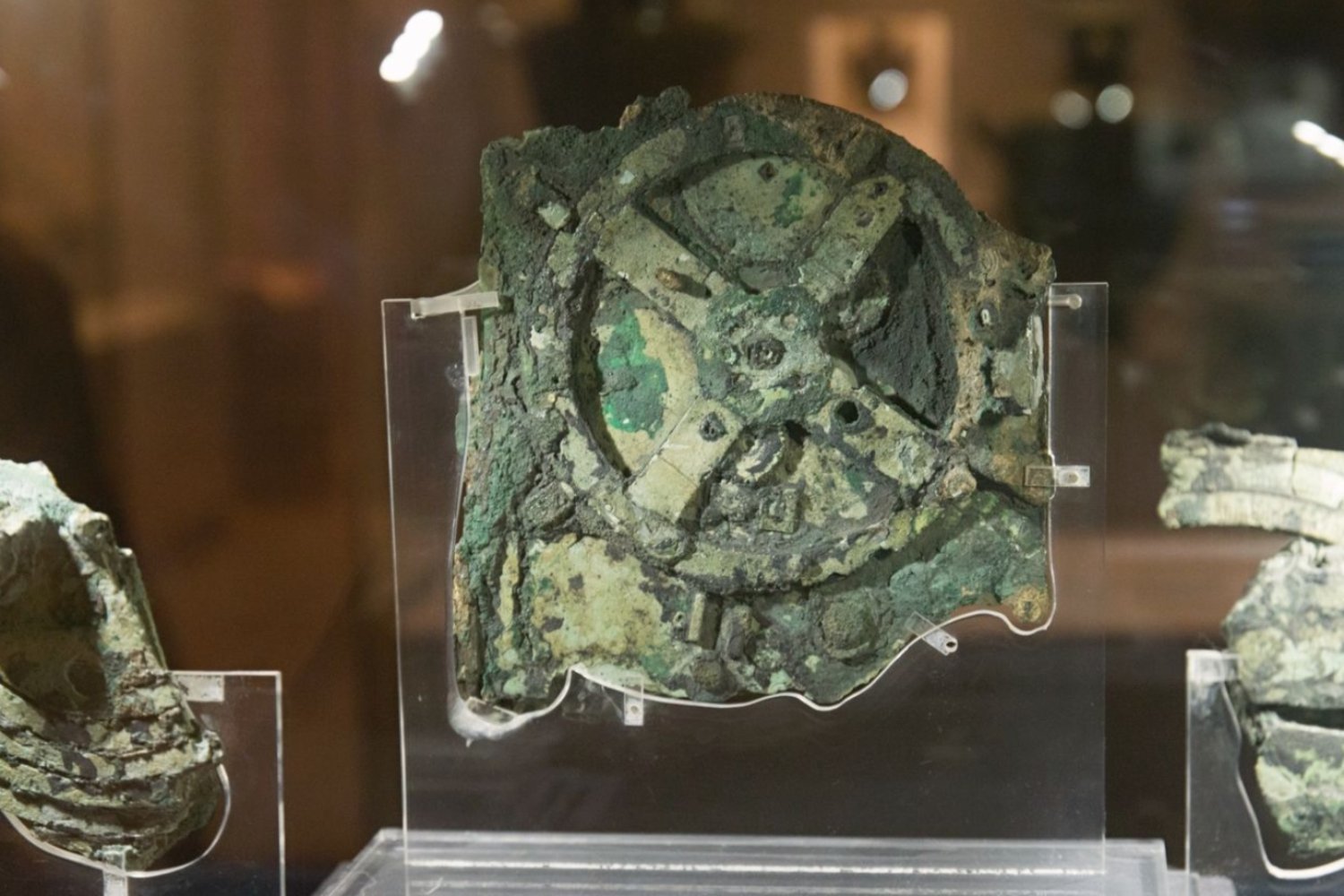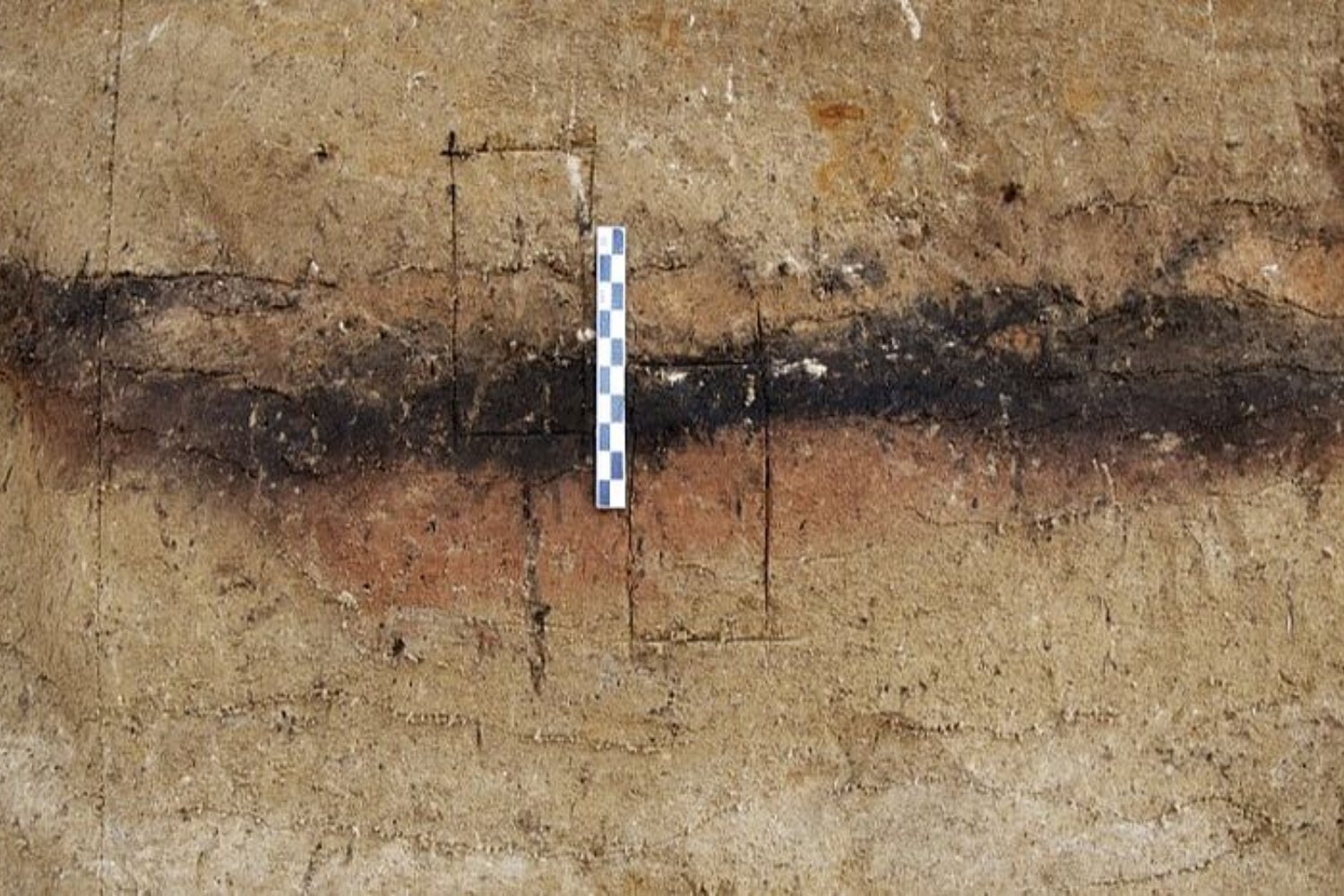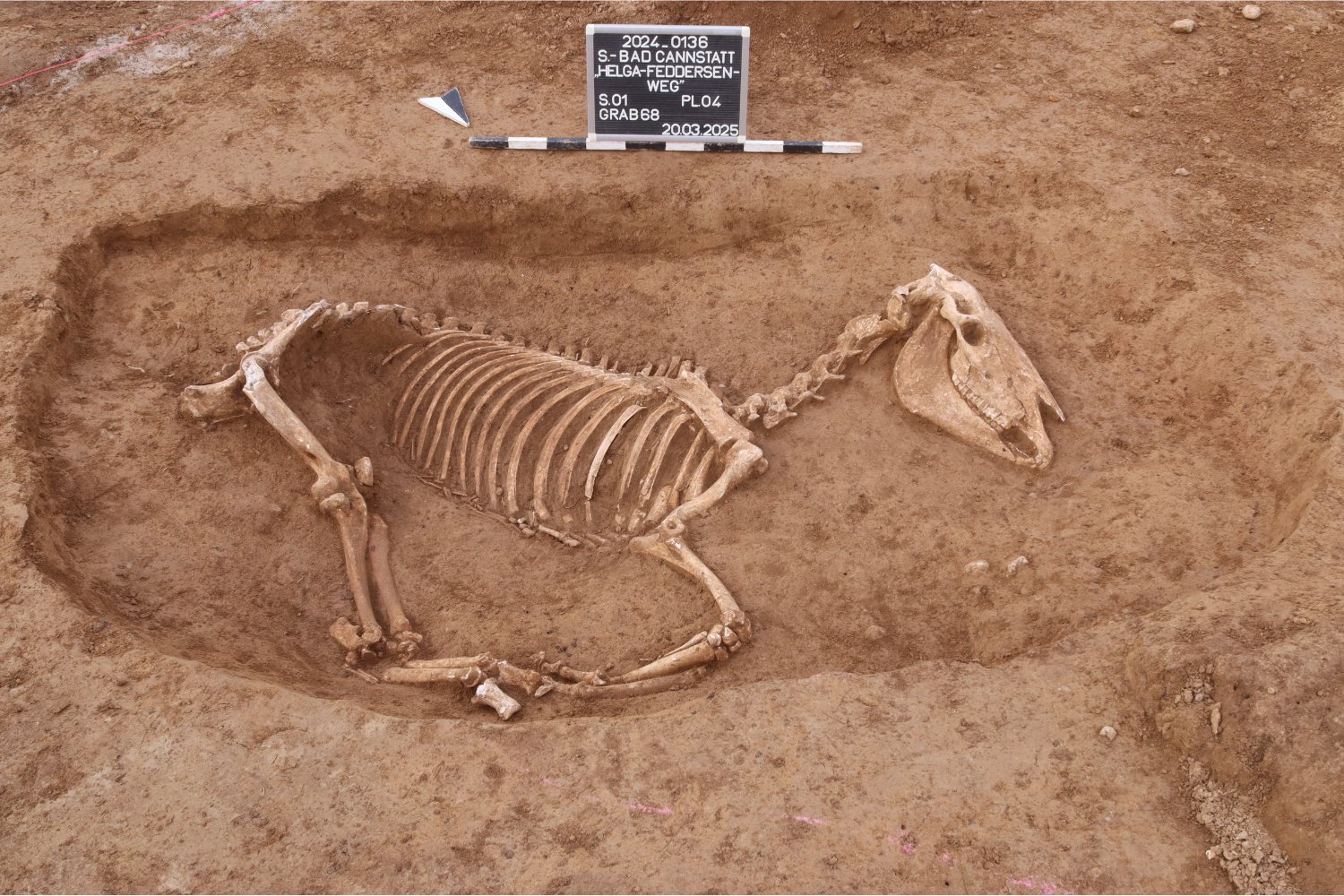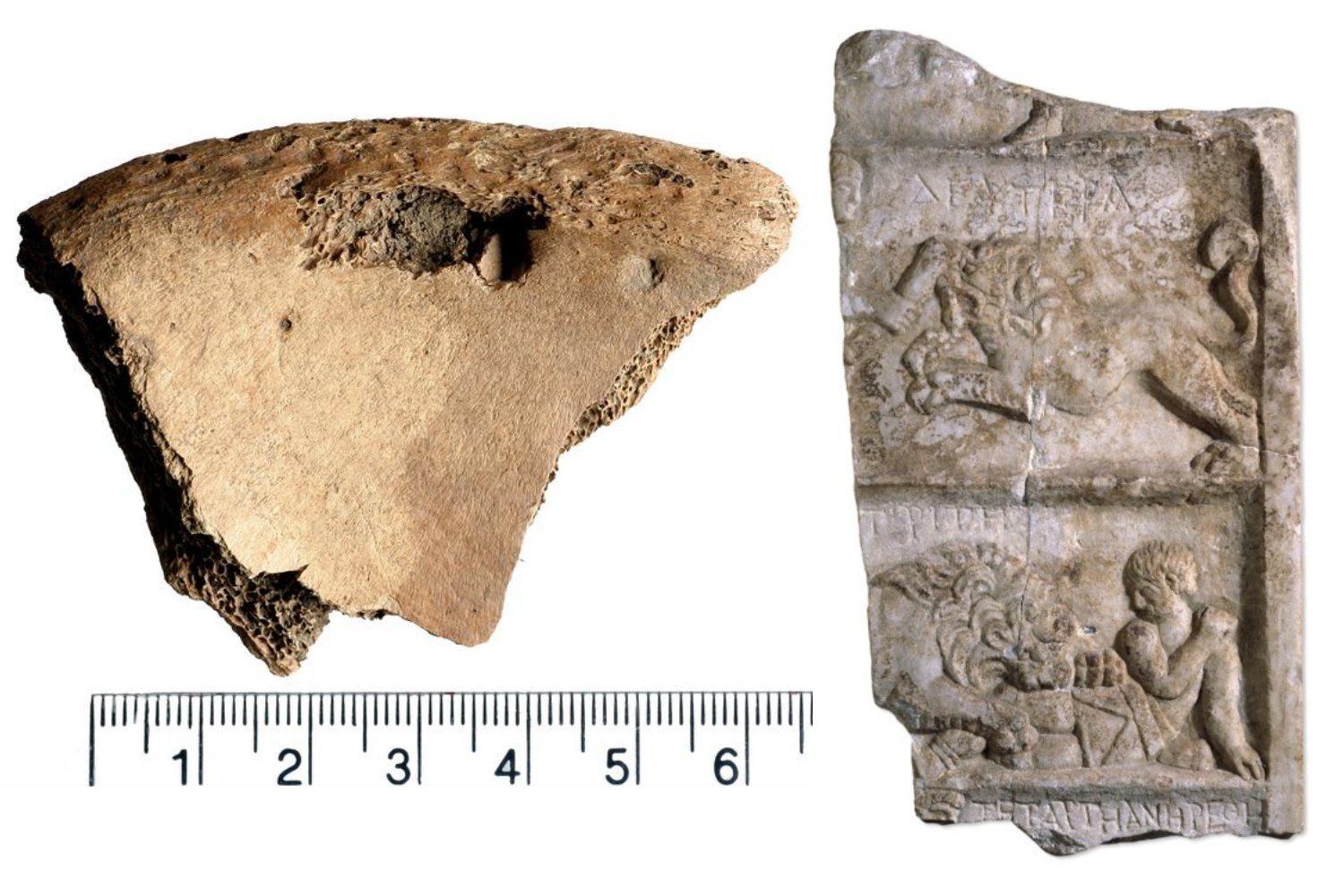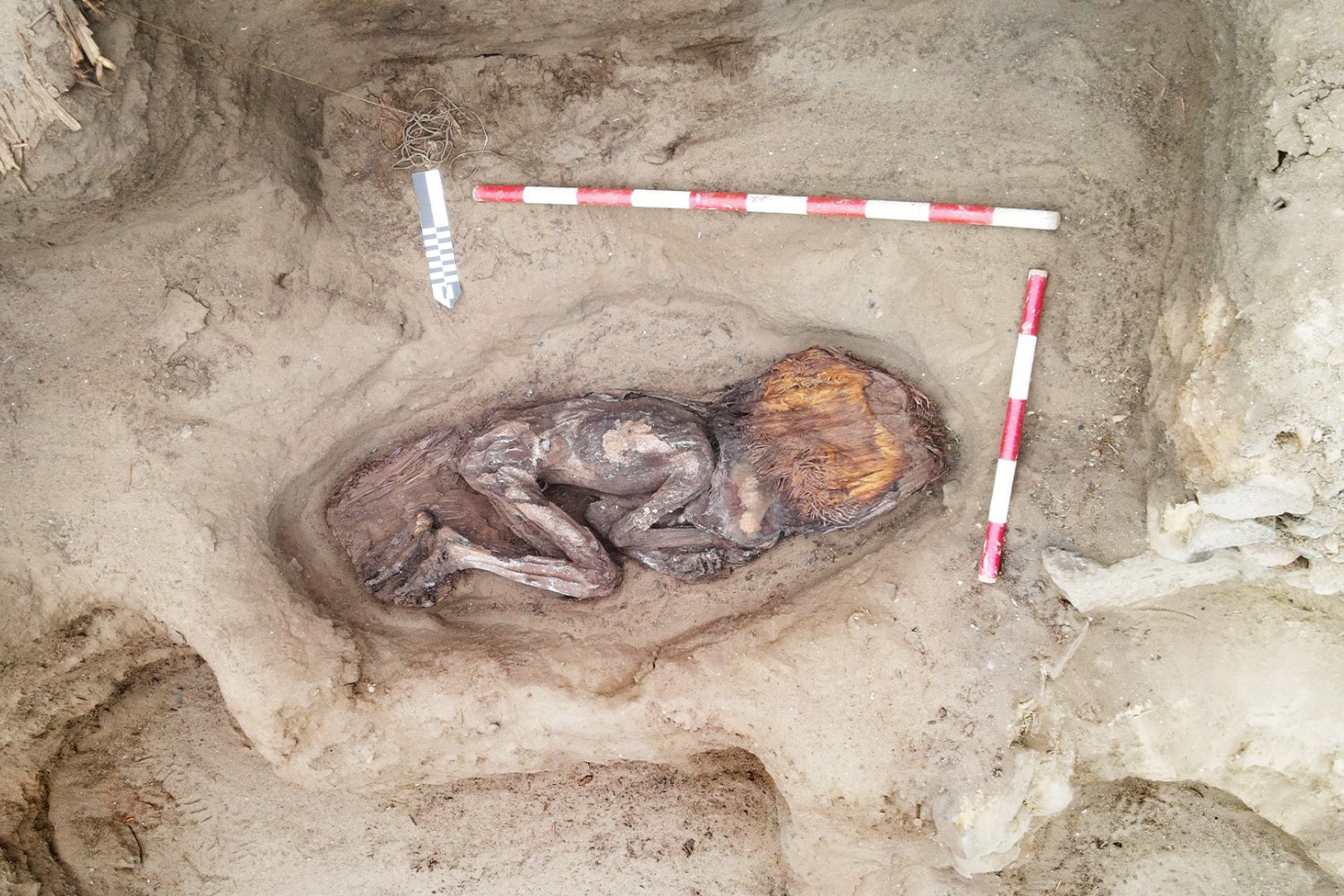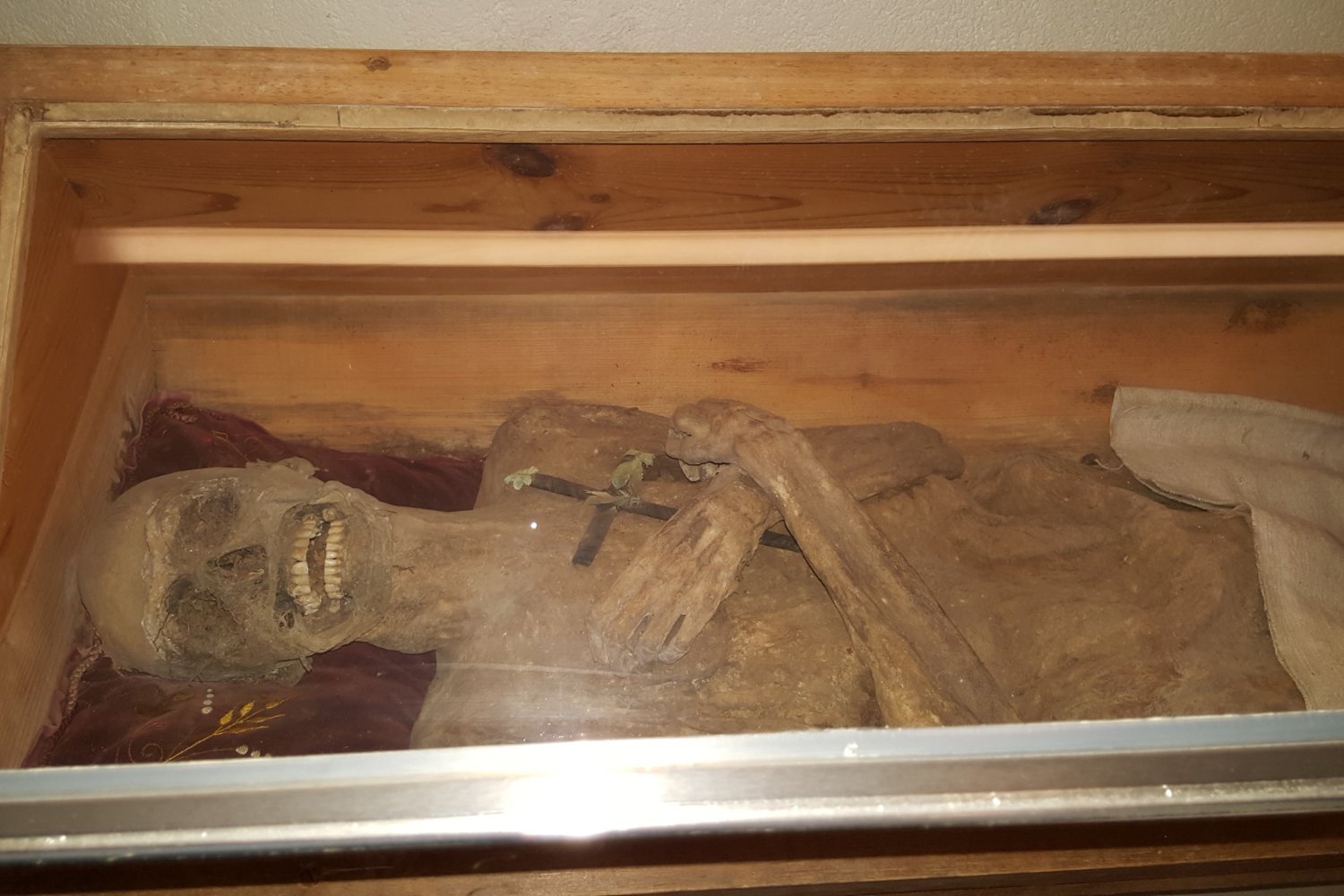The Antikythera Mechanism, discovered in a 1901 shipwreck off the Greek island of Antikythera, is often hailed as the world’s first analog computer. This intricate device, dating back to the 2nd or 1st century BCE, tracked celestial events with remarkable complexity. However, new research suggests it might have been more of an ornamental piece than a functional instrument.
The mechanism, a corroded lump of metal when found, featured a complex system of gears and pointers. It displayed the positions of the Sun and Moon, predicted eclipses, and tracked various calendars. The triangular shape of the gears’ teeth has been a subject of debate, with some suggesting it hindered the mechanism’s accuracy. New simulations, however, indicate that manufacturing imperfections, rather than the tooth shape, were the likely culprit.
Researchers Esteban Guillermo Szigety and Gustavo Francisco Arenas from Argentina’s National University of Mar del Plata examined the impact of both triangular teeth and manufacturing errors. Their study, published on the preprint server arXiv, simulates the mechanism’s operation based on previous analyses by Alan Thorndike and Mike Edmunds, who investigated the tooth shape and manufacturing issues, respectively.
The researchers identified two potential sources of error: the non-uniform motion caused by the triangular teeth and inaccuracies stemming from manufacturing. Their simulations revealed that while the triangular teeth had a negligible effect, manufacturing flaws significantly increased the risk of jamming or slippage.
Edmunds’ previous analysis suggested manufacturing inaccuracies could have rendered the mechanism unusable. This raises two possibilities: either the device never worked as intended, or its construction was far more precise than currently understood. The researchers acknowledge that intentionally building a non-functional device seems improbable. They speculate that the artifact’s corrosion might have skewed Edmunds’ measurements. They also emphasize the speculative nature of their own study.
This latest research adds another layer to the ongoing debate surrounding the Antikythera Mechanism’s functionality. While the question remains unresolved, the study highlights the remarkable precision required for its construction. As scientists continue to examine its fragmented remains, each new analysis brings us closer to understanding this ancient marvel, revealing both its ingenuity and the challenges faced by its creators.



